- Have any questions?
- +86-189 8930 5995
- sales@mosinterchem.com.cn
2-(Hydroxymethyl)phenyl-beta-D-glucopyranoside CAS 138-52-3

Lead II nitrate CAS 10099-74-8
17/12/2018
Cadmium sulfate CAS 10124-36-4
18/12/2018| Model: | MOS 138-52-3 |
| Brand Name: | MOSINTER |
| CAS No.: | 138-52-3 |
| Purity: | 15%,25%,50%,98% |
| Specific rotation: | -61.5° |
| Index of refraction: | -62° |
| Storage conditions: | Store at RT. |
| Purity: | 7%-98% |
| Melting point ℃: | 196-202 |
| Solubility (g/L): | 36 |
2-(Hydroxymethyl)phenyl-beta-D-glucopyranoside (CAS: 138-52-3)
| Item | Index |
| Melting point ℃ | 196-202 |
| Specific rotation | -61.5° |
| Index of refraction | -62° |
| Storage conditions | Store at RT. |
| Solubility (g/L) | 36 |
2-(Hydroxymethyl)phenyl-beta-D-glucopyranoside ( CAS: 138-52-3 )Salicin is an alcoholic
β-glucoside. Salicin is an anti-inflammatory agent that is produced from willow bark. It is also
found in castoreum, which was used as an analgesic, anti-inflammatory, and antipyretic. The
activity of castoreum has been credited to the accumulation of salicin from willow trees in the
beaver’s diet, which is transformed to salicylic acid and has an action very similar to aspirin.
Salicin is closely related in chemical make-up to aspirin. When consumed, the acetalic etherbridge
is broken down. The two parts of the molecule, glucose and salicylic alcohol, then are metabolized
separately. By oxidizing the alcohol function the aromatic part finally is metabolized to salicylic acid.
Salicin elicits bitterness like quinine, when consumed. Alkaline cleavage of the glucoside populin
produces benzoate and salicin.
Mild side effects are standard, with rare occurrences of nausea, vomiting, rash, dizziness and breathing
problems. Overdose from high quantities of salicin can be toxic, damaging kidneys, stomach causing ulcers,
diarrhea, bleeding or digestive discomfort. Some people may be allergic, or sensitive to salicylates, similar to
reactions to aspirin. Others that are advised against taking salicin are those with asthma, diabetes, gout, gastritis,
hemophilia, stomach ulcers, children under 16, pregnant and breastfeeding women.
You must be logged in to post a review.

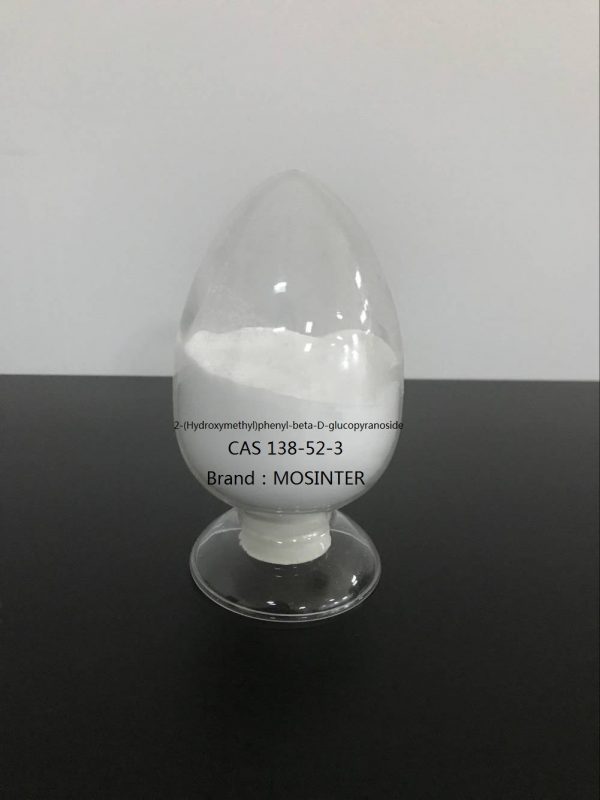
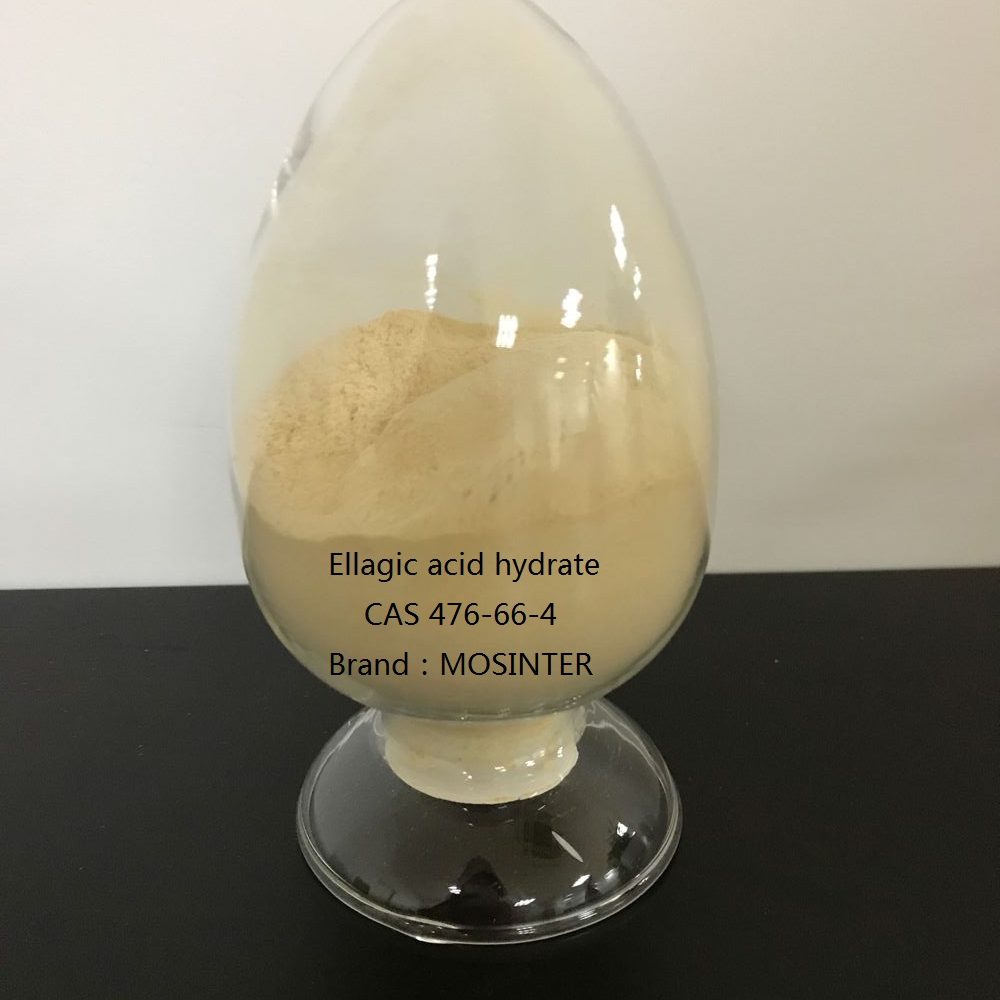
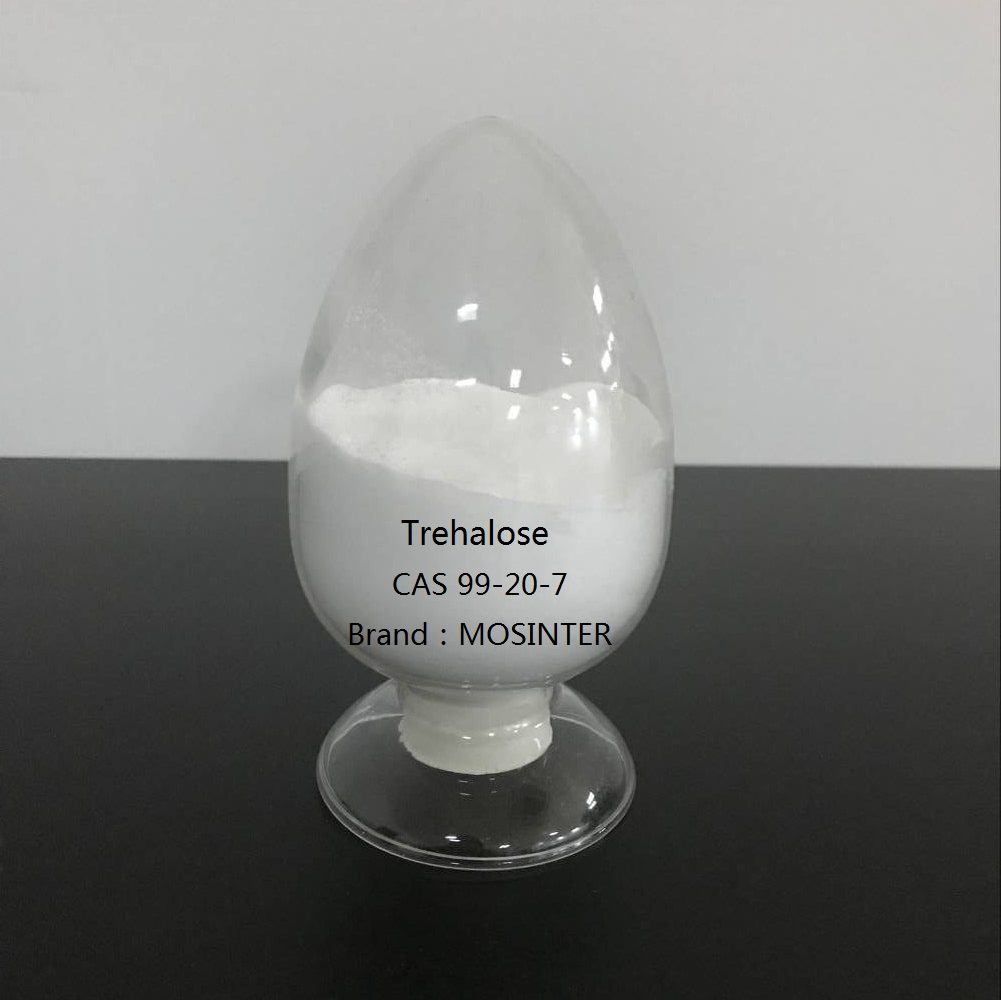
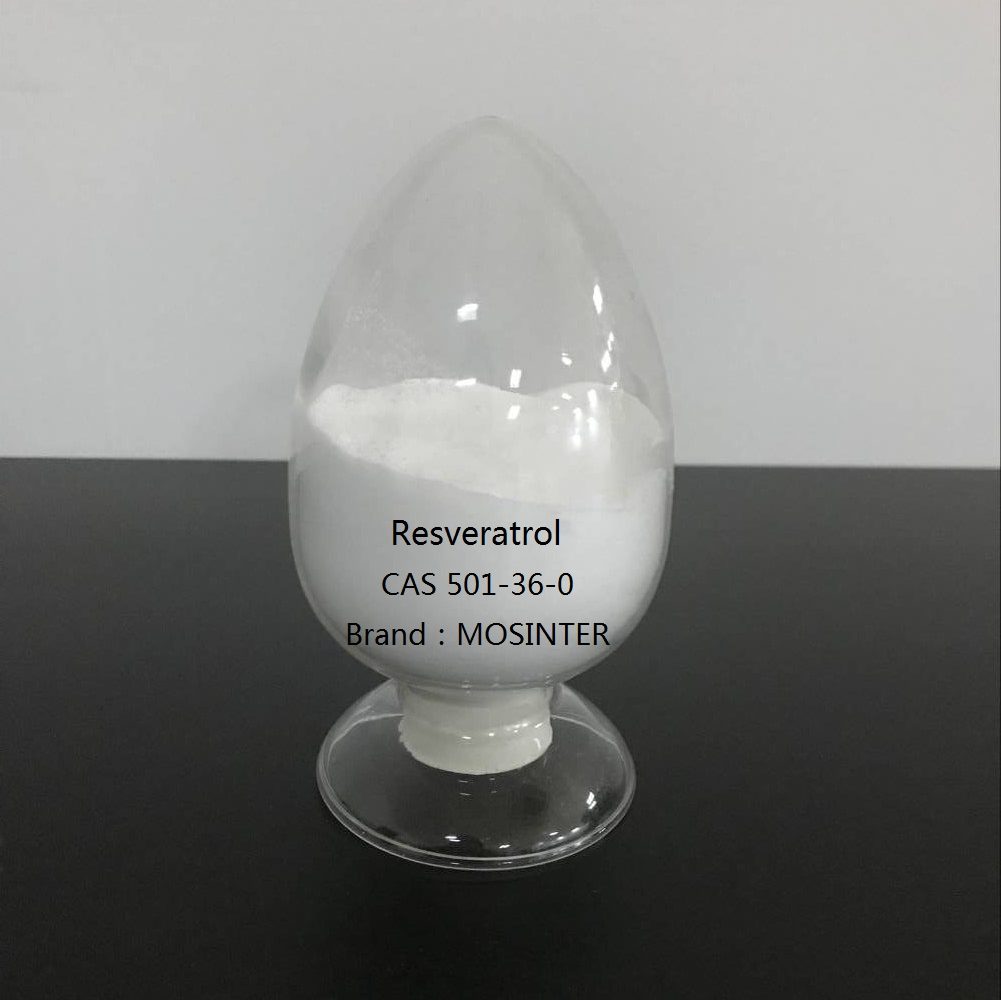
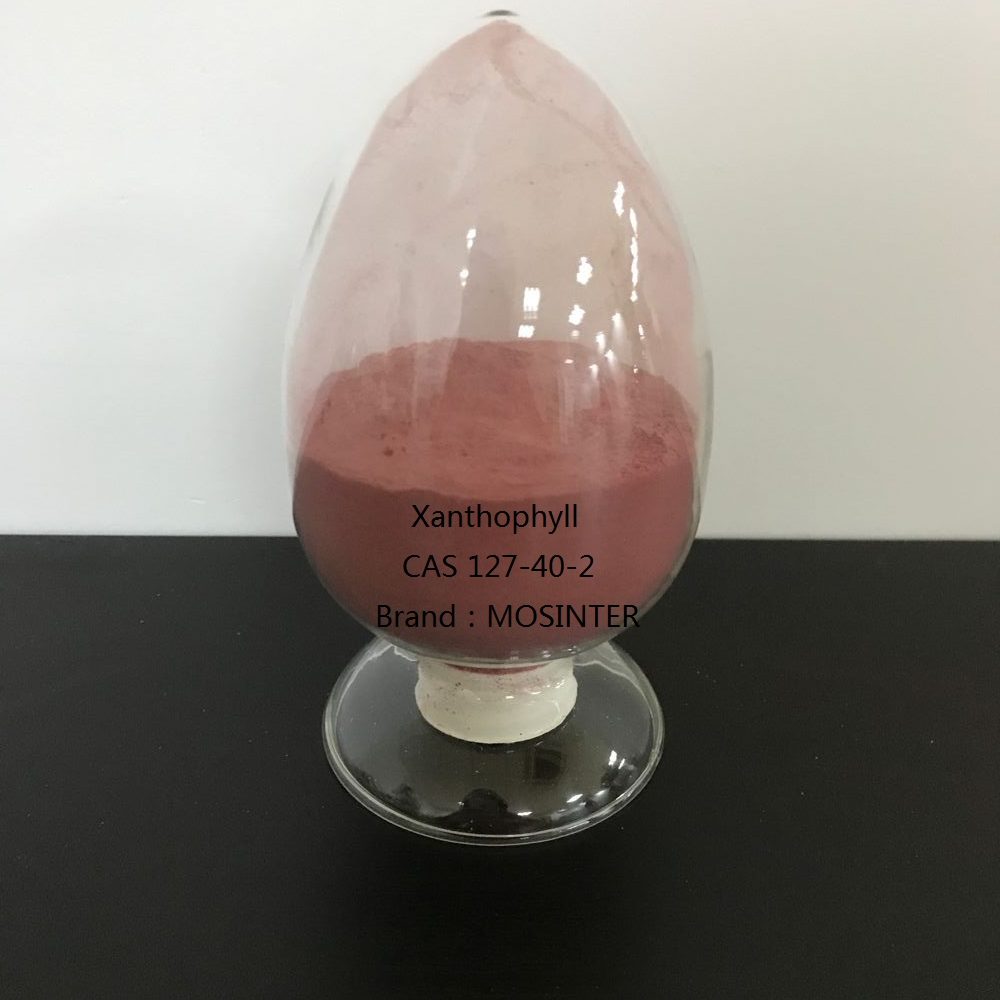
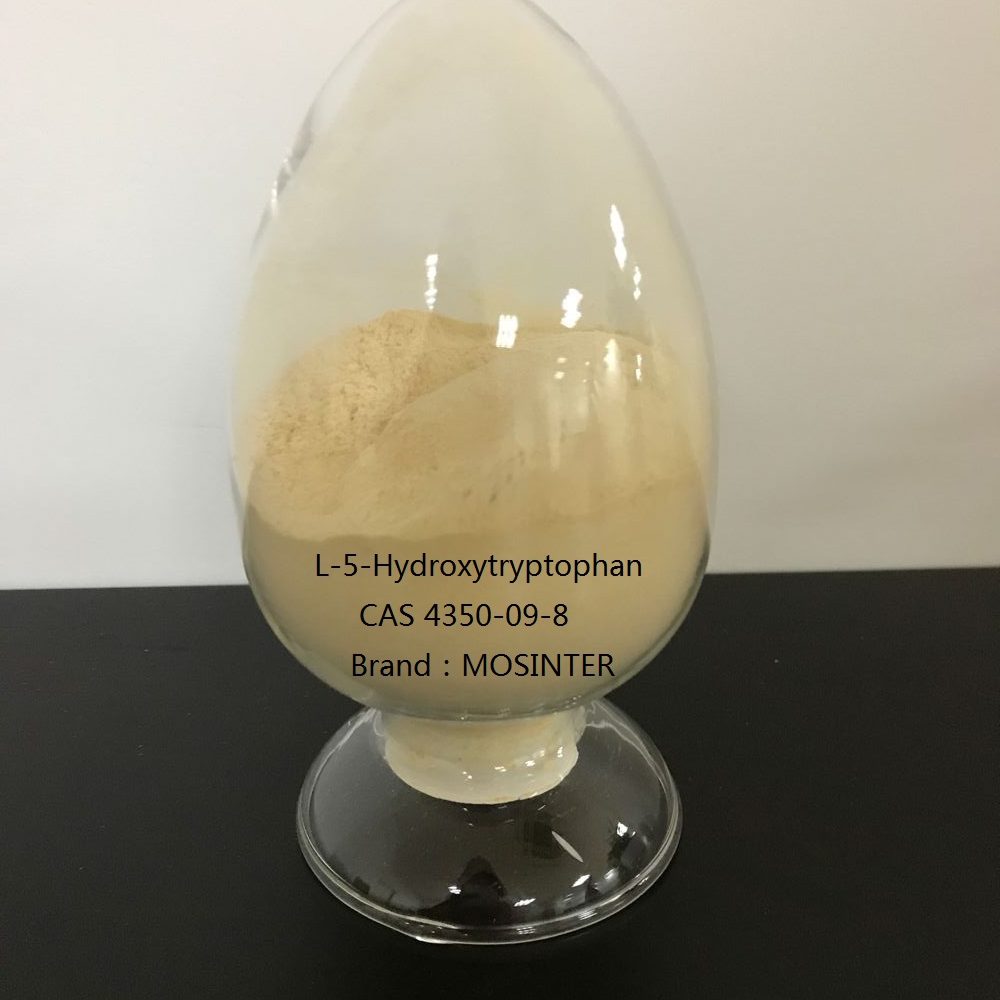
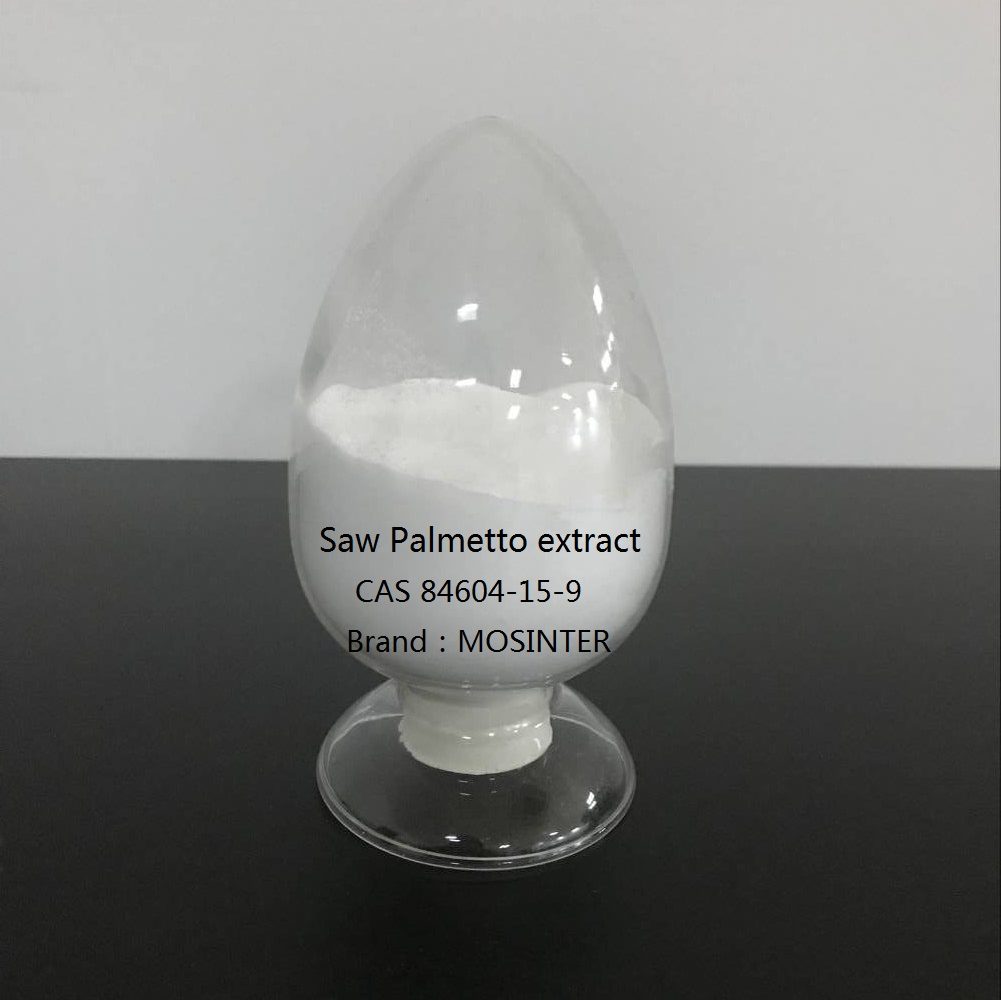
Reviews
There are no reviews yet.